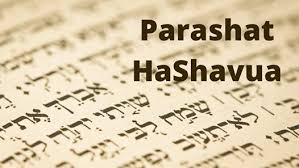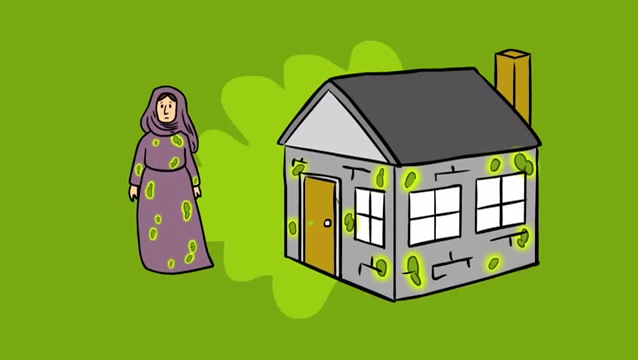Friday Night, @Maghen Abraham
Mincha 5:30pm followed by Shir Hashirim -Kabbalat Shabbat - Arvit
Shabbat Candle lighting: 7:28 pm
Saturday, @Maghen Abraham
Shahrit 9:00am
Perasha - METZORAH
Haftara - Melachim II (II Kings) Chapter 7:3-20
Kiddush Sponsored by
Maghen Abraham
Mincha 7:20PM followed by Arvit
Havdalah: 8:36pm
Sunday April 21st
- Tuesday night Bedikat Chametz -Searching for the Chametz after 8:02 pm
Beracha " Baruch Ata...Al Biur Chametz"
Sunday Night April 21st
Bedikat Chametz after after 8:04pm
The Beracha is Baruch Ata Hashem …Al Biur Chametz.
SELL YOUR HAMETZ ONLINE Before 10:00PM
CLICK HERE TO SELL YOUR HAMETZ ONLINE
Monday Morning April 22nd
Ta’anit Bechorot (fasting of the first born) (Dawn till Sunset)
Shaharit 7am with the Spanish followed by Siyoom (to avoid having to fast all day)
-Last chance of Selling of the Chametz
- Stop eating Chametz before 10:09 am
- Burning and elimination of Chametz before 11:30 am
Monday night April 22nd
-Mincha 7:30 pm followed by Arvit @ MAGHEN
- 1st Seder Night
-Eruv Tavshilin before candle lighting
Candle lighting before 7:31 pm
-Hatsot (Eat Afikoman before) 12:53 Am
Tuesday April 23rd
-Tuesday morning Shacharit 9:00am @MAGHEN
Tikun Hatal
Torah Reading: Shmot 12:21-51, Bamidbar 28:16-25
Haftarah: Joshua 3:5-7; Joshua 5:2 - 6:1; Joshua 6:27
-Mincha 7:30 followed by Arvit
- Distribution of Omer Books and Salt
-Tuesday evening 2nd Seder night
-Candle lighting after 8:40 (from an existing fire)
-1st night of Omer
-Hatsot (Eat Afikoman before) 12:52 Am
Wednesday Morning April 24th
Shacharit 9:00am @MAGHEN
Torah Reading: Vayikra 22:26-23:44, Bamidbar 28:16-25
Haftarah: Joshua 3:5-7; Joshua 5:2 - 6:1; Joshua 6:27
- Mincha 7:30 followed by - Arvit
- 2nd Night of Omer
- Havdala after 8:42
Complete Passover Schedule and times can be found here
https://www.maghenabraham.com/?post_id=1549541
Passover
The Jewish holiday of Passover (in Hebrew, Pesach) commemorates the exodus of the Jews from slavery in Egypt. The holiday originated in the Torah, where the word pesach refers to the ancient Passover sacrifice (known as the Paschal Lamb); it is also said to refer to the idea that God “passed over” (pasach) the houses of the Jews during the 10th plague on the Egyptians, the slaying of the first born. The holiday is ultimately a celebration of freedom, and the story of the exodus from Egypt is a powerful metaphor that is appreciated not only by Jews, but by people of other faiths as well.
PESACH HOLIDAY OVERVIEW / GUIDE
David Azerad has put together a Guide for Passover that can be found at the following links
CLICK HERE FOR ENGLISH VERSION CLIQUEZ ICI POUR VERSION FRANCAISE
ALLAHU ALLAHU (EHAD MI YODEA in phoenetic arabic)
Isaac Darwiche has prepared for the community a phoenetic Arabic version of Allahu Allahu (Ehad Mi yodea)
CLICK HERE TO DOWNLOAD
:max_bytes(150000):strip_icc()/passover-dinner-GettyImages-171021781-466d4a1e972f4412916fb1f8ac690c67.jpg)

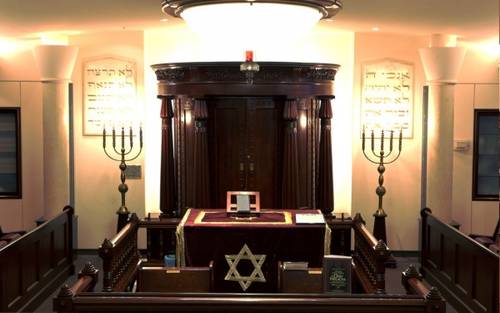
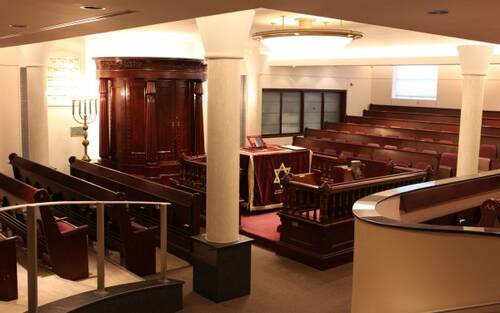
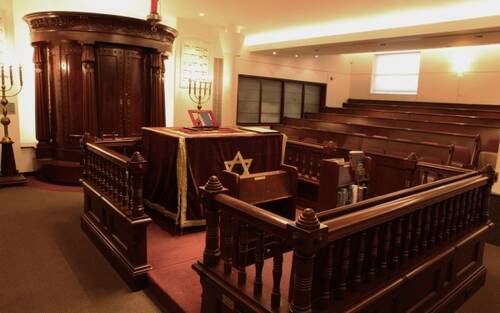




:max_bytes(150000):strip_icc()/passover-dinner-GettyImages-171021781-466d4a1e972f4412916fb1f8ac690c67.jpg)
